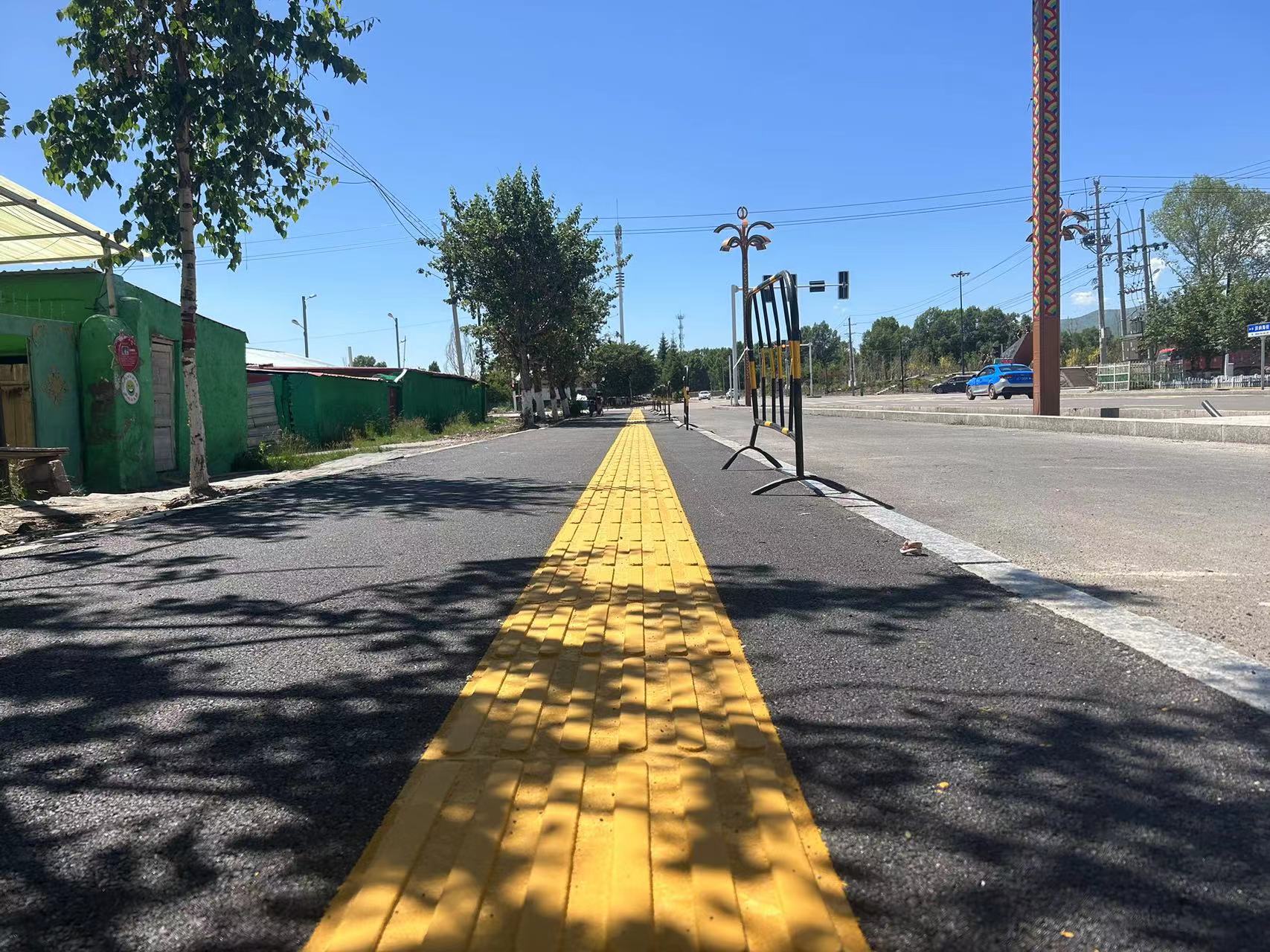Pricing Insights for Cast-in-Situ Blind Pathways
In the realm of urban accessibility, cast-in-situ blind pathways play a pivotal role by providing safe and navigable routes for visually impaired individuals. These pathways, constructed through the pouring of specialized concrete directly onto prepared surfaces, integrate tactile guidance elements to facilitate independent movement. Given their tailored nature and the various factors influencing their construction, pricing for cast-in-situ blind pathways can vary considerably. This article delves into the pricing dynamics and offers insights into what to expect when budgeting for such projects.

Factors Determining Pricing
1. Material Costs:
- Concrete Mix and Additives: The type and quality of concrete, including any special additives for durability or tactile enhancement, directly impact costs.
- Reinforcement Materials: The use of reinforcing steel or fibers to strengthen the structure adds to the overall material expenditure.
2. Design and Customization:
- Pattern Complexity: More intricate tactile patterns require greater precision and may necessitate specialized equipment, driving up costs.
- Customization Level: Fully customized designs or unique elements can significantly elevate the price due to the additional engineering and manufacturing required.
3. Site Preparation and Accessibility:
- Surface Condition: The existing surface's condition and the extent of preparatory work, such as excavation, grading, and drainage solutions, affect pricing.
- Accessibility Issues: Difficult-to-access sites may require special equipment or additional labor, contributing to higher costs.
4. Labor and Expertise:
- Skilled Workforce: Pouring, finishing, and installing tactile elements require skilled labor, which can be costly depending on regional labor rates.
- Project Duration: Projects with shorter timelines may require overtime or additional workers, increasing labor costs.
5. Project Management and Compliance:
- Supervision and Quality Assurance: Effective project management, quality control, and compliance with accessibility standards all contribute to the overall cost.
- Permitting and Regulations: Obtaining necessary permits and adhering to local regulations can add to expenses.
6. Geographic Location:
- Regional Differences: Labor costs, material availability, and local economic conditions vary across regions, impacting pricing.
Pricing Ranges and Considerations
Given the above factors, providing an exact pricing range for cast-in-situ blind pathways is challenging. However, here are some general guidelines based on industry experience:
- Basic Projects: For straightforward designs, minimal site preparation, and standard materials, prices may range from approximately 25to45 per square meter.
- Moderate Complexity: Projects involving intermediate design elements, typical site preparation, and mid-range materials can cost between 45and75 per square meter.
- High Complexity: Highly customized designs, extensive site preparation, and premium materials can push prices above $75 per square meter.
Tips for Budgeting and Cost Control
- Detailed Quotations: Request comprehensive quotations from multiple contractors, outlining all costs associated with the project, to facilitate comparison.
- Flexibility: Allow for some budget flexibility to accommodate unforeseen challenges or changes in scope.
- Value Engineering: Collaborate with contractors to identify cost-saving opportunities, such as using alternative materials or optimizing designs.
- Permitting and Compliance Planning: Ensure timely permitting and compliance planning to avoid delays and additional costs.
Conclusion
Cast-in-situ blind pathways are essential for enhancing accessibility and safety in urban environments. While pricing can be variable, understanding the factors influencing costs allows for better budgeting and informed decision-making. By working closely with experienced contractors and considering the unique needs of your project, you can ensure the delivery of a high-quality, accessible blind pathway within your financial constraints. Prioritize clear communication, detailed planning, and continuous collaboration to achieve cost-effective and impactful results.





 Chinese brand Kunjie Materials Company is an environmentally friendly enterprise that provides colored anti-skid pavement, ceramic particle anti-skid pavement, water-based polymer colored pavement, pe...
Chinese brand Kunjie Materials Company is an environmentally friendly enterprise that provides colored anti-skid pavement, ceramic particle anti-skid pavement, water-based polymer colored pavement, pe...